228-259 RICARDO BOFILL / ABRAXAS
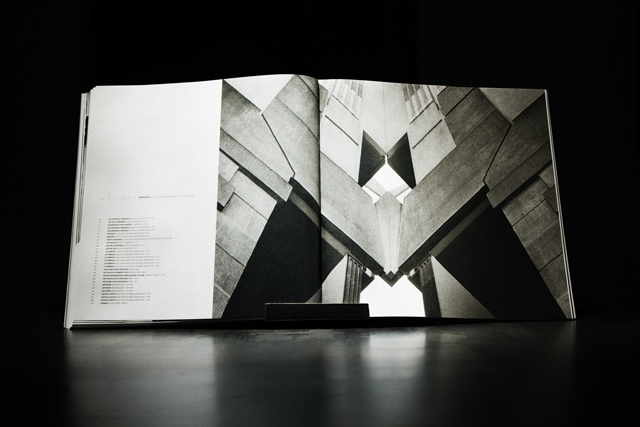
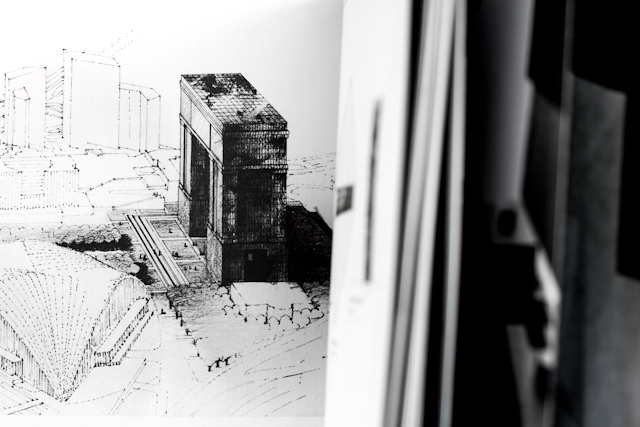
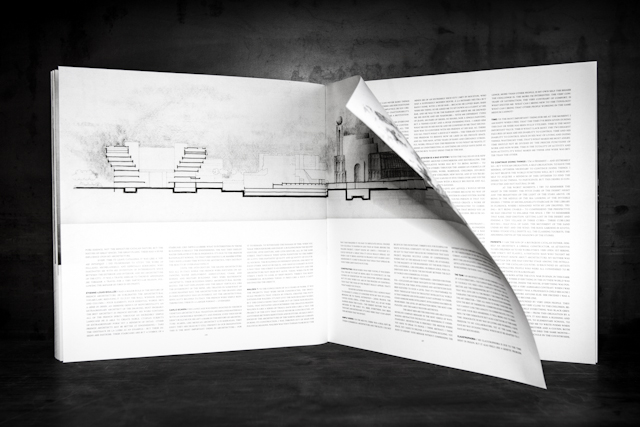
[...THE FAILURE OF AN ARCHITECT / Why, today, does everyone
prefer to live in the historical areas, than in contemporary buildings? It’s unexplainable that, with all the improvement in technology, the level of architectural conception has lowered this much. It’s an infuriating reality that with our level of knowledge, with all the means at our disposal, the capacity to visualise and render, all of these tools, the result is that the suburbs and the new districts are always worse than the old areas of the city. in France, the architecture built by agriculturists in the middle of the countryside is better than the suburbs. The traditional Japanese houses, from wood and paper, are more interesting than the houses that are being built in the outskirts of Tokyo… The centre of Barcelona versus the outskirts of Barcelona— everywhere it’s the same problem. No contemporary city equals a historical city. It’s not that I’m nostalgic; any cultivated person would choose the charm of an old town over the suburbs that we have to inhabit. What you realise is that what is being created today is worse than before. And here lies the total failure of the architect, the failure of the profession in its totality.
[...]
Claude Parent / Came from a period of nothingness in French architecture. Le Corbusier was a little bit like Picasso, after him came a void. There was a very disagreeable emptiness between Le Corbusier and the new architects. Yet in France, here was this man, monsieur Parent, with a very particular vision of modernity. His obsession for the oblique lines and slopes gave life to an architecture that no longer existed in the country.
When I arrived in Paris, they proposed to me to join the academy. But, of course, I refused. It had a stale atmosphere I didn’t enjoy. I would have simply been classified as a neoclassicist. I preferred the wild journey that Gaudí brought to my life than the journey of a French academic. And so, in the surrounding conventionalism, there was this man so different from the others that I went to see straight away. I was very young and he was the most interesting man in France at that time— Claude Parent, a truly contradictory, intelligent, and special man. He had a sophisticated universe and he made his models and drawings with a rather incredible determination. He had his own universe— such an exception, during a time when everyone else was building the endless suburbs.
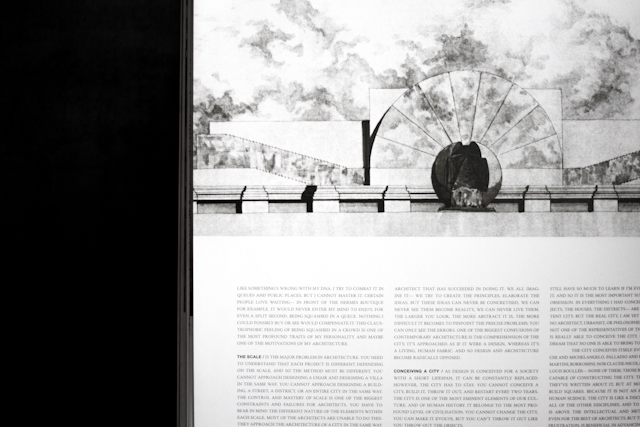
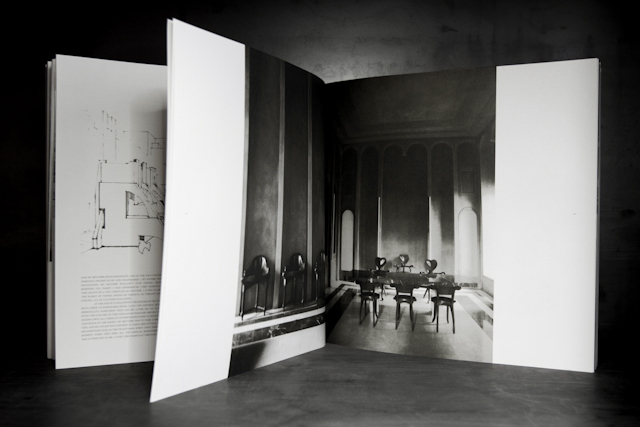
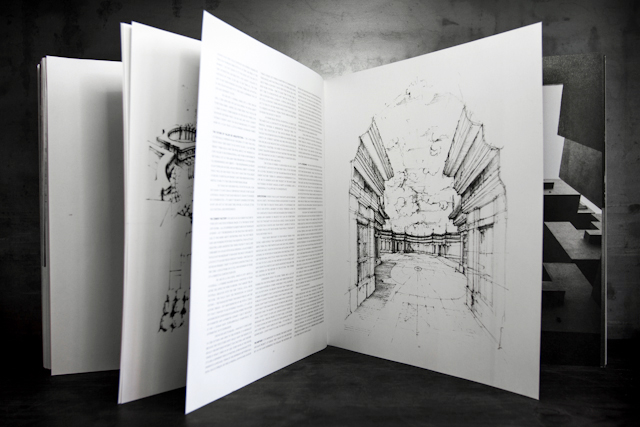
SADDAM HUSSEIN / Once, in iraq, I won a competition to build a mosque for Saddam Hussein. It was at the end of the war when both Iran and Iraq had brought in some people from the outside, just before the disaster that followed it. So I showed Saddam Hussein my project, speaking about the immensity of the Mesopotamian culture and he went positively crazy, his eyes lit up with the idea that he was the centre of the world since he belonged to the most ancient country of the world. He reunited an assembly composed of representatives of the Iraqi clans, and explained to them the project with an incredible narcissism, saying he would create the biggest mosque in the world and that Iraq is the oldest civilisation.
After each visit, he went more and more mad, and each time dressed in a more and more extravagant way. He behaved like a great diva who got herself photographed by the whole world, constantly changing clothes, walking around like Maria Callas in a grand amphitheatre full of bearded men. At the end of my third visit, I decided that the situation had gone somewhat off limits and so I cut my connection with him and I didn’t finish the construction that i had prepared with a French engineer, who decided to remain on the project and ended up finding himself in a terrible situation due to the wars provoked by Hussein. There you go— a story that illustrates my interest in understanding people and situations.
[...]
il n’y a personne / The star system within the world of architecture today has created itself gradually; architects have become brands. Today, you buy one of their buildings like you buy a Cartier, a Chanel, or a Rolex. It’s the next rational step after you have the car, the watch, the yacht, and the jet. The system functioned in an explosive way until 2007. Today, it is all collapsing. The world is changing at such a fast pace— what remains is but a derivative of the system. There is hardly any creativity; it’s just the product of architectural branding. People still need one of these stars to prove their social status, but I believe we are approaching the end of it, because it has started resembling fashion too much.
We know that fashion goes out of fashion. Architecture should be the contrary of fashion; by its nature it is built there to stay. Among all that, of course, there are still people with a huge capacity of creativity, such as Frank Gehry, who still, at his age, creates interesting things; Zaha Hadid, who without a doubt has a great graphic talent; or Herzog and de Meuron who are incredibly professional. But very few really creative architects remain. You have historians, analysers, and students, but not many exceptional creatives. Architecture should not be considered a phenomenon of fashion— it has to be something more stable, it has to have meaning, it has to transcend its time. What will remain of Gehry or Zaha Hadid? They broke certain rules, yes. They have created a catalogue of spaces, three-dimensional spaces in movement, which was something new in architecture. Yet none of these can compare to the greatNESS of Michelangelo or Brunelleschi, Maybe because, in our era, we have too much information and too little time to really absorb the projects. We have new materials, new ideas, but no consistency.
The technology can progress, the science as well. These disciplines have real potential to deepen themselves and at the same time advance at great speed. Yet art is confronted by a different sense of time. It cannot follow the speed of our contemporary life. New materials have been discovered for military technology and some of it is being adapted for architecture— a very interesting application, something very new. Yet now, human creativity is not as significant as during the past historical changes. You could say there are no more great men. peut-être qu’on est en train d’en vivre un grand moment historique en ce moment mais il n’y a personne pour le représenter. Our TIME does not have a face. /]
/ EXCERPT FROM A TEXT BASED ON A CONVERSATION BETWEEN RICARDO BOFILL & MONIKA BIELSKYTE. ENTIRE 32-PAGE ARTICLE ONLY IN THE PRINTED EDITION OF SOME/THINGS MAGAZINE CHAPTER006 / THE DARK LABYRINTH
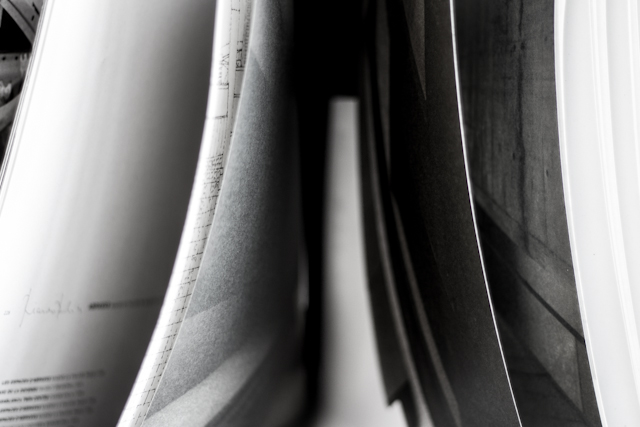
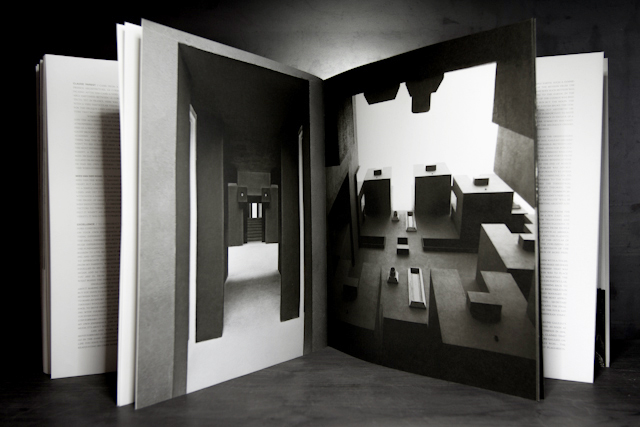
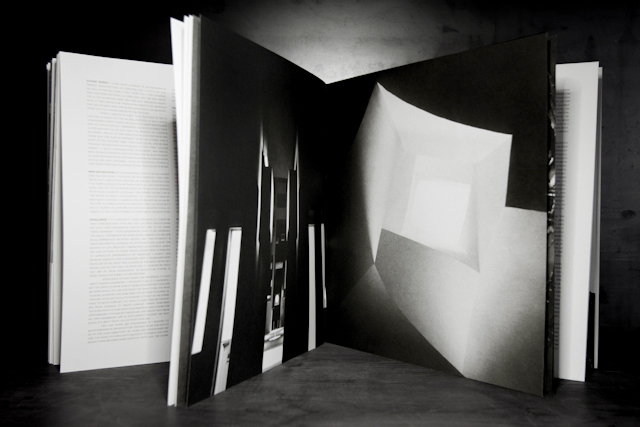
Images by taller de arquitectura and SOME/THINGS
